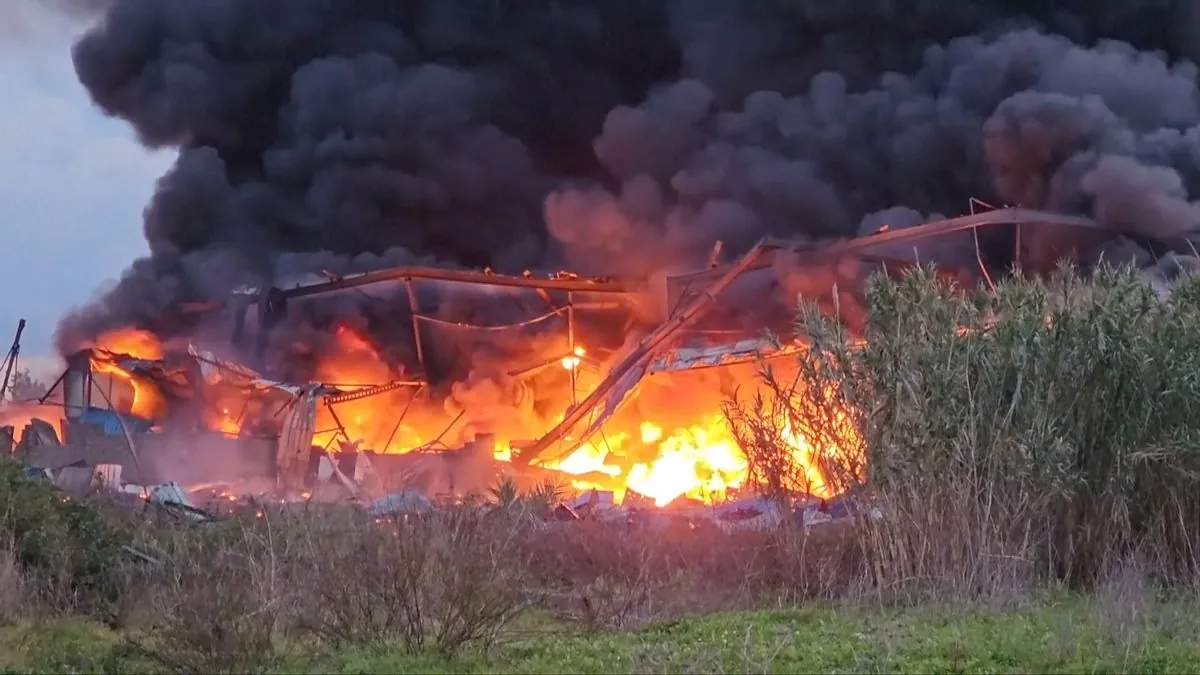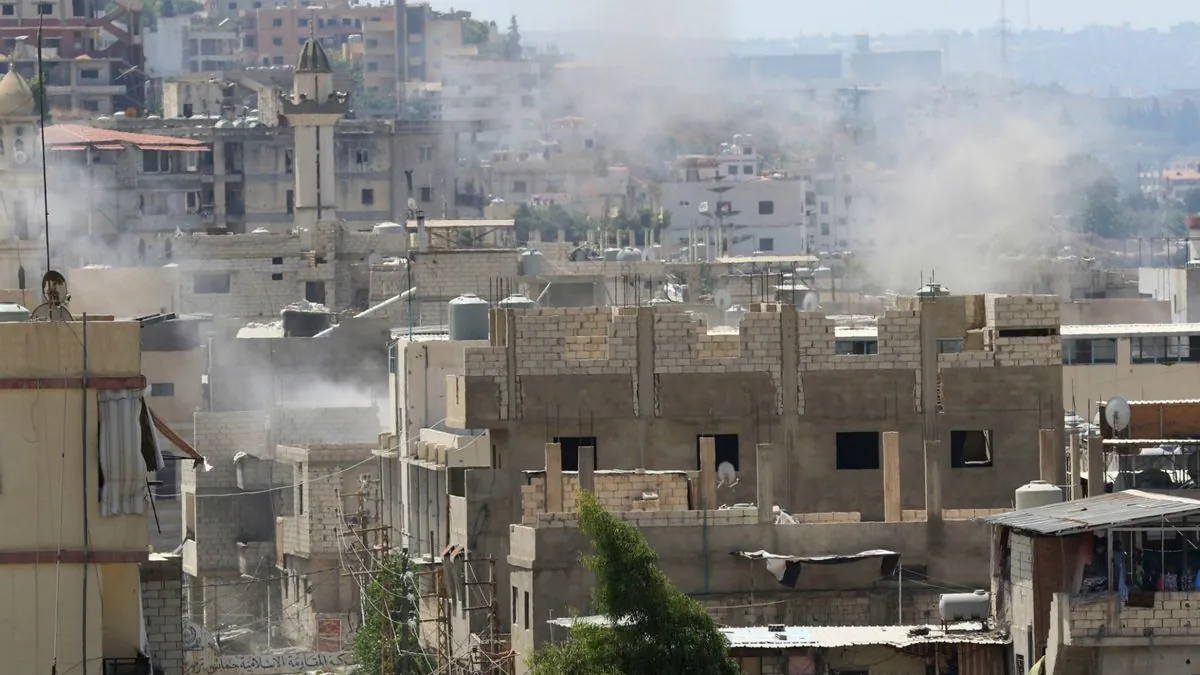Israeli Airstrike in Lebanon Kills Senior Hamas Official, Escalating Tensions
An Israeli airstrike in Sidon, Lebanon, killed a senior Hamas figure, escalating regional tensions. The attack, far from the border, follows recent assassinations of high-ranking officials from Hamas and Hezbollah.

On August 9, 2024, an Israeli airstrike targeted a vehicle in Sidon, Lebanon, resulting in the death of a senior Hamas official. This incident marks a significant escalation in the ongoing conflict between Israel and various armed groups in the region.
The strike occurred approximately 60 kilometers from the Israel-Lebanon border, in the southern outskirts of Sidon, Lebanon's third-largest city. The target, identified as Samer al-Hajj, was a Hamas security official working in the nearby Ain al-Hilweh refugee camp, the largest Palestinian refugee camp in Lebanon. Al-Hajj's bodyguard sustained critical injuries in the attack.
This latest incident is part of a series of Israeli military operations against Hamas, Hezbollah, and other factions in Lebanon over the past ten months. These actions have been conducted in parallel with the ongoing conflict in Gaza, which has been under an Israeli-Egyptian blockade since 2007.

The hostilities have primarily been concentrated along the 120-kilometer Israel-Lebanon border. However, recent Israeli strikes have targeted high-ranking officials further north. In January 2024, an Israeli operation on the outskirts of Beirut resulted in the death of Saleh Arouri, Hamas's deputy chief. Just a week prior to the Sidon attack, another strike in the same area claimed the life of Fuad Shukr, Hezbollah's top military commander.
Hours after Shukr's death, Ismail Haniyeh, the Hamas chief, was assassinated in Tehran. Iran and its regional allies, including Hezbollah and Hamas, have attributed these attacks to Israel and vowed retaliation.
The recent escalation occurs against the backdrop of a complex historical and geopolitical context. Hamas, founded in 1987 during the First Intifada, and Hezbollah, formed in 1982 during the Lebanese Civil War, have long been at odds with Israel. The region has witnessed numerous conflicts, including the 2006 Lebanon War, which lasted 34 days between Israel and Hezbollah.
Lebanon, with a population of approximately 6.8 million as of 2024, hosts about 475,000 Palestinian refugees. The presence of these refugees and various armed groups has contributed to the ongoing tensions in the area. The United Nations Interim Force in Lebanon (UNIFIL) has been present since 1978, attempting to maintain stability in the region.
"The recent Israeli airstrike deep inside Lebanese territory represents a dangerous escalation of the conflict. Such actions threaten the fragile peace in the region and risk drawing more parties into the hostilities."
As tensions continue to rise, the international community watches closely. The situation remains volatile, with the potential for further escalation and broader regional involvement. The ongoing conflict underscores the complex web of alliances and historical grievances that continue to shape the geopolitical landscape of the Middle East.


































